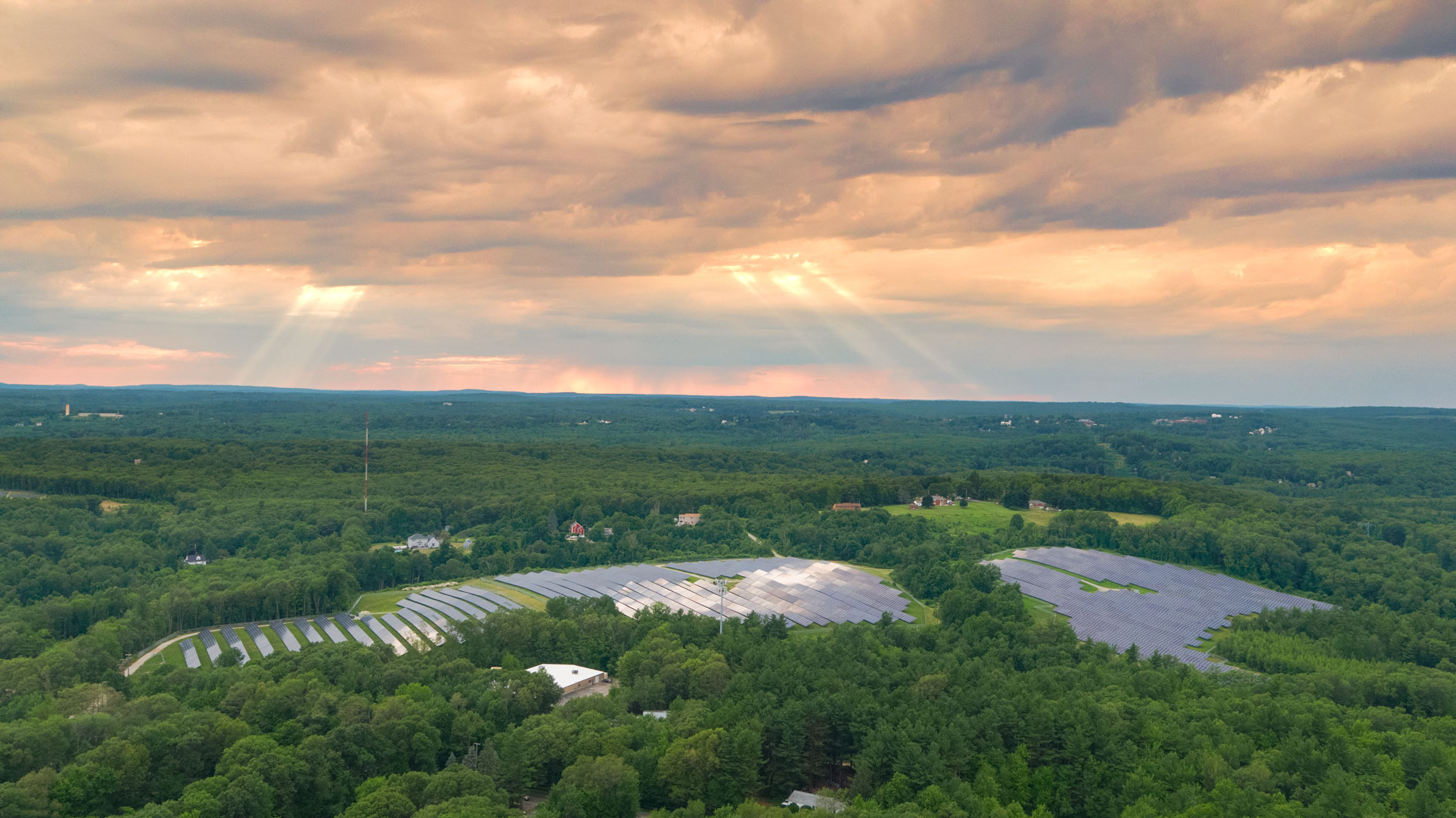Renewable Energy Standards in Massachusetts
Interested in Solar?
Sign up with Clearway Community Solar today!
Enroll OnlineRenewable Energy Standards
The Commonwealth of Massachusetts was an early innovator in encouraging renewable energy adoption throughout the state. In fact, the Massachusetts’ Renewable Energy Portfolio Standard (RPS) was one of the first programs in the United States to require a certain percentage of state electricity to be generated from renewable energy sources. The RPS started out with a requirement that 1% of electricity be generated from renewable sources in 2003, and increased by one-half percent annually, until it reached 4% in 2009.
More About Renewable Energy in MA
In 2009, as a part of the Green Communities Act, the RPS became defined by two separate classes – Class I and Class II. Each Class has different annual compliance requirements as well as certain eligibility criteria for qualifying facilities.
Class I mandates that suppliers increase their renewable energy sourcing by 1% each year indefinitely. These requirements must be met by new, eligible renewable sources that began commercial operation after 1997. Such sources can include photovoltaic solar, thermal electric solar, wind energy, small hydropower, landfill methane and anaerobic digester gas, marine or hydrokinetic energy, geothermal energy, and eligible biomass fuel. Class II was created for existing renewable energy facilities and is split into two different categories that issue generation units for either renewables or waste energy.
In 2010, the RPS Solar Carve Out mandated that a portion of RPS Class I be derived from photovoltaic solar sources like Community Solar Farms. In 2014, the Solar Carve Out II extended the application period for PV solar project throughout the state until the launch of the Solar Massachusetts Renewable Target (SMART) Program, which officially went active on November 26, 2018.
The SMART program was designed to be a long-term program that will promote cost-effective solar development across the Commonwealth as part of Massachusetts’ commitment to using and promoting renewable energy resources. The program was created by the Massachusetts Department of Energy Resources (DOER).

Massachusetts Clean Energy Standard
The Clean Energy Standard (CES) was created in response to the Global Warming Solutions Act (GWSA). This program sets the minimum percentage of electricity sales that must be procured from clean energy sources. Starting in 2018, this percentage started at 18%. The rate will increase annually by 2% with the requirement to reach 80% by 2050.
Both public utility companies, as well as retail energy suppliers are required to be in compliance with the CES. They can maintain compliance by purchasing Clean Energy Credits (CECs) or by making Alternative Compliance payments. The program is overseen by the Massachusetts Department of Environmental Protection.
The Commonwealth of Massachusetts may be ahead of the curve compared to many states when it comes to renewable energy legislation and net metering, but in order to reach their goals of a cleaner, more sustainable future, there needs to be even more solar adoption and easier access for consumers. Through innovations like community solar programs, consumers can make a difference for the planet and decrease their energy costs without the hassle of installing solar panels. Find out how Clearway Community Solar can help you get involved today.



